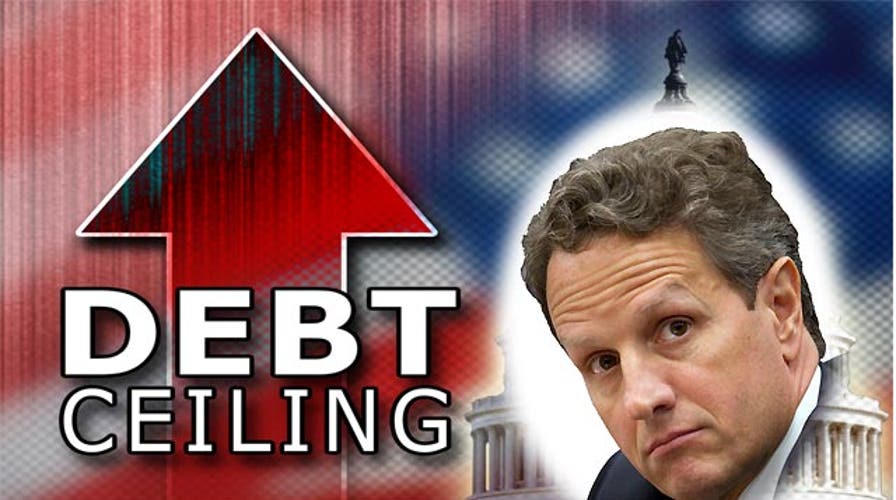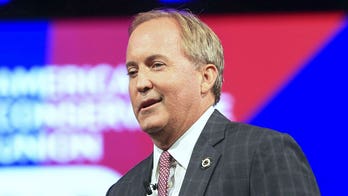Another gigantic legislative hurdle awaits lawmakers
Molly Henneberg reports from the White House
Washington – Treasury Secretary Timothy Geithner warned Wednesday that the U.S. government is poised to hit the $16.4 trillion debt limit in less than a week and said his department has launched a series of emergency steps that gives the government less than two months before it risks default on the debt.
In the midst of deadlocked talks over the looming fiscal crisis, the letter from Geithner marks the start of what could be another drawn-out set of negotiations over the debt limit – which last played out over four weeks during the summer of 2011.
Geither sent a letter to Congress that said the department would begin taking “extraordinary measures” to allow the government to save $200 billion beginning Jan. 1. However, since the government borrows close to $100 billion a month, the moves made by the Treasury department would only buy the government a handful of weeks to get its fiscal house in order or default on its debt.
The move comes as President Obama and the Republican congressional leadership are locked in negotiations over how to avoid a series of tax increases and spending cuts, known as the "fiscal cliff," that are scheduled to take effect in the new year.
Obama has sought to include an increase in the borrowing limit in the talks. But Speaker John Boehner and other Republican leaders have demanded concessions in return. The negotiations hit a stalemate last week. Obama and lawmakers are returning to Washington this week to resume talks.
Geithner says the negotiations over tax and spending policies make it difficult to predict how long he can delay reaching the borrowing limit.
The borrowing limit is the amount of debt the government can pile up. The government accumulates debt two ways: It borrows money from investors by issuing Treasury bonds, and it borrows from itself, mostly from Social Security revenue.
In 2011, Congress raised the limit to nearly $16.4 trillion from $14.3 trillion. Three decades ago, the national debt was $908 billion. But Washington spent more than it took in, and the debt rose steadily -- surpassing $1 trillion in 1982, then $5 trillion in 1996. It reached $10 trillion in 2008 as the financial crisis and recession dried up tax revenue and as the government spent more on unemployment benefits and other programs.
In August 2011, the rating agency Standard & Poor's stunned the world by stripping the U.S. government of its prized AAA bond rating because it feared that America's dysfunctional political system couldn't deliver credible plans to reduce the federal government's debt. S&P decried American "political brinksmanship" and concluded that "the differences between political parties have proven to be extraordinarily difficult to bridge."
A year and a half later, the two political parties are still as deadlocked as ever.
The Associated Press contributed to this report.





